Happy National Comi—
Wait, before we go any further, let’s get one thing straight. According to Stan Lee himself (and who, dare I ask, is a more qualified authority on said subject?), the word should be spelled comicbook. As Stan said once in an interview:
“People always write it as if it’s two separate words. But to me, if it’s two separate words, then it means a funny book — a comic book. If you write it as one word, which is the way I do it, then it’s a generic term meaning a comicbook! So I feel everybody ought to write comicbook as if it’s one word, because it doesn’t mean funny book.”
So, Happy National Comicbook Day!
Today we celebrate what did start out literally as a comic book – a collection of reprinted humorous newspaper comic strips that appeared in Famous Funnies #1 in 1934. However, with the decline of the adventure pulp magazines of the late 1930s, the comicbook was transformed into what we know today. Fully illustrated mystery, adventure, and soon superhero stories replaced the collected, reprinted newspaper strips of Famous Funnies and its peers. And of course, Stan Lee was there at the beginning, his lifelong career at Marvel having started in 1939.
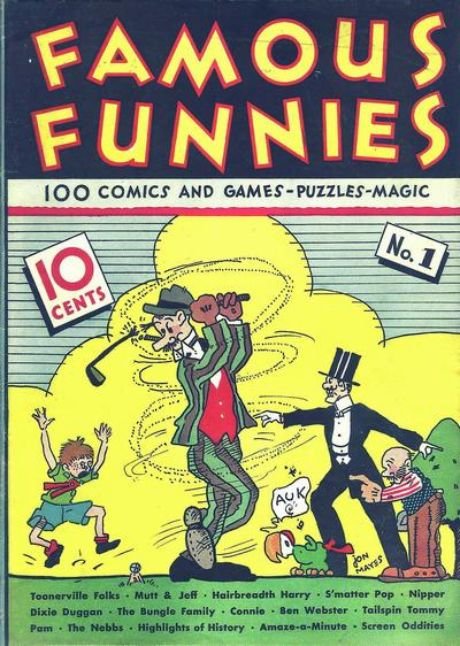
The popularity of superheroes like Captain America, Superman and Batman brought circulation numbers of some comicbook titles to over half a million copies sold every month. Several more superhero and non-superhero comics followed, such as funny animal comics, adventure and detective comics, romance, western and horror comics. Almost any genre you can think of appeared in comicbook form.
Comics had become big business, and many of the creators who labored on them, from Stan Lee to Jack Kirby and Joe Simon, to Jerry Siegel and Joe Shuster, to Bob Kane, Bill Finger and Jerry Robinson, to C.C. Beck, etc. are still remembered and well-respected today. The 1940s and the early 1950s are still known by pannapictagraphists (comicbook collectors to you and me) as the Golden Age.
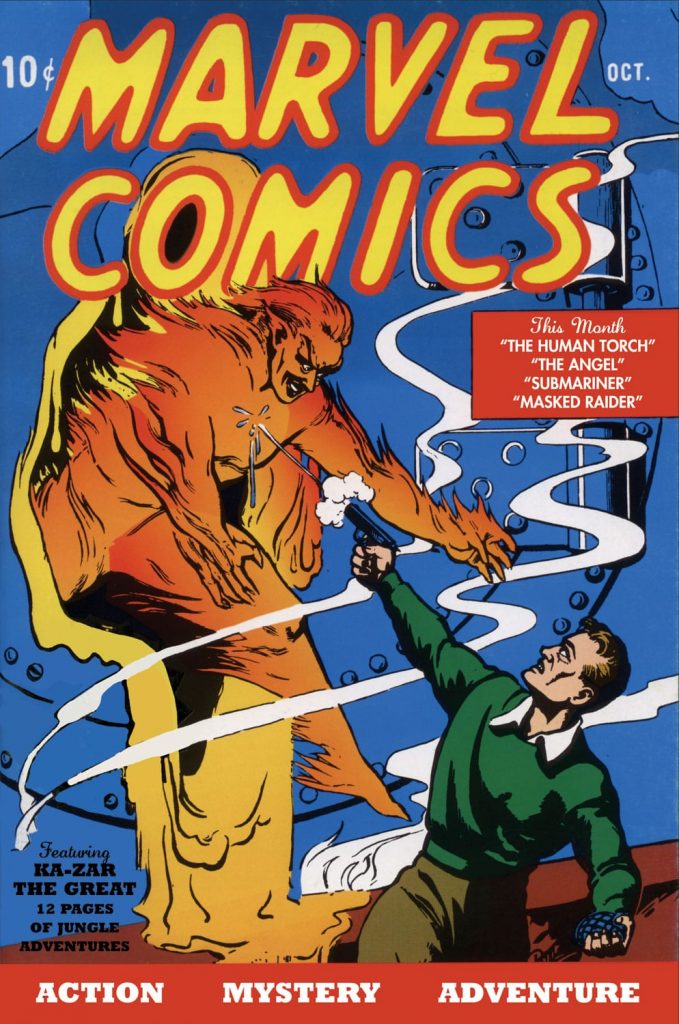
By the mid-1950s, comicbook sales had declined due to the rising popularity and availability of television and an ill-informed crusade against comics led by Dr. Frederic Wertham. However, hope was not lost as industry leaders DC Comics and Atlas/Marvel Comics presented the world with a new wave of superheroes in the latter part of the decade which captured the imagination of an entire new generation. Marvel led the charge and topped the sales charts as Stan Lee’s vision of superheroes depicted as real people who had real problems expanded comicbook audiences to include college-educated adult audiences as well. Collectors have since labeled this period from the late 1950s until the early 1970s the Silver Age.
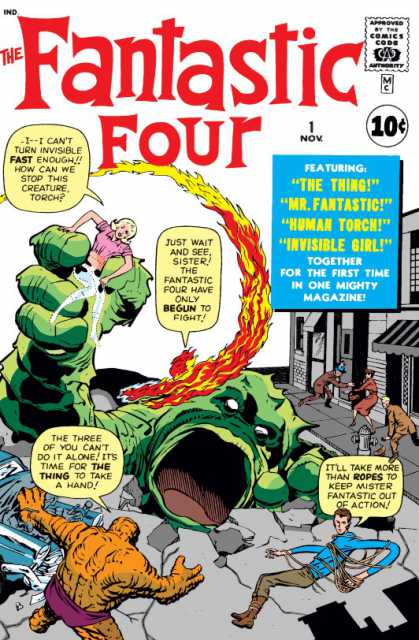
The 1970s and 1980s saw the comicbook cross into live action television shows such as The Incredible Hulk and Wonder Woman series, both of which dominated weeknight ratings. Meanwhile, animated shows based on DC’s Justice League of America, Batman and Spider-Man dominated Saturday morning cartoons.
By the 1980s and 1990s, comicbook characters filled after-school afternoons, with more Spider-Man, X-Men and Batman animated series leading the pack. Comicbook sales soared again, and by the mid-80s DC Comics popularized the graphic novel with works such as Frank Miller’s The Dark Knight Returns and Watchmen by Alan Moore and Dave Gibbons. Please note that both of these famous graphic novels appeared in serialized comicbook form first!
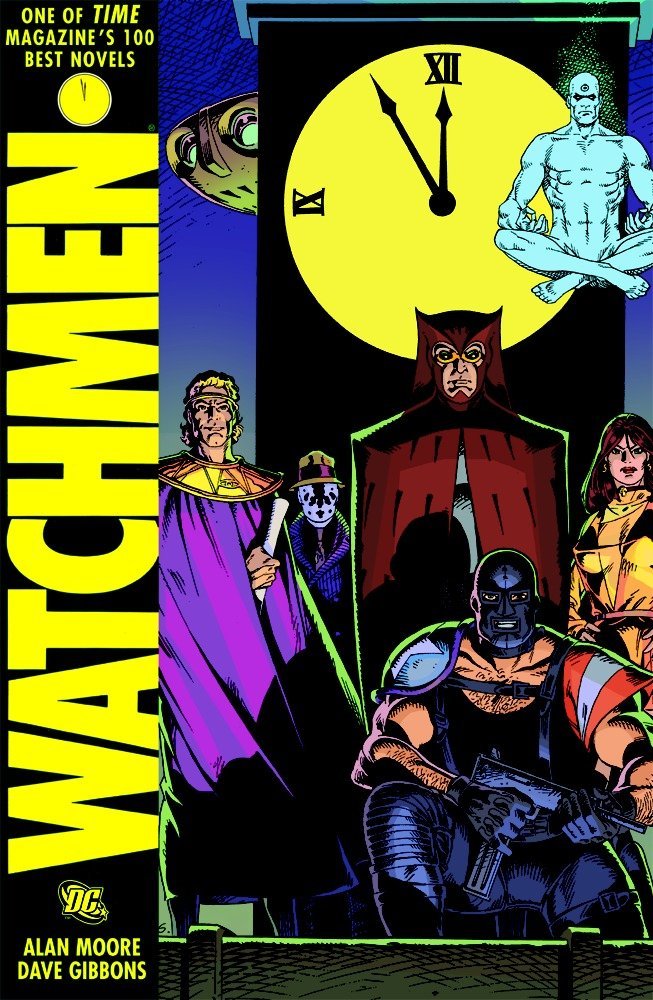
By the 1980s and 1990s comicbooks had become a profound influence on television, popular culture and by the turn of the millennium, on movies, too! After the initial success of the Superman movies in the late 70s and Batman movies in the late 80s, Marvel Comics made its cinematic mark with Blade, then with the original X-Men and Spider-Man movies, which broke previous cinema blockbuster records.
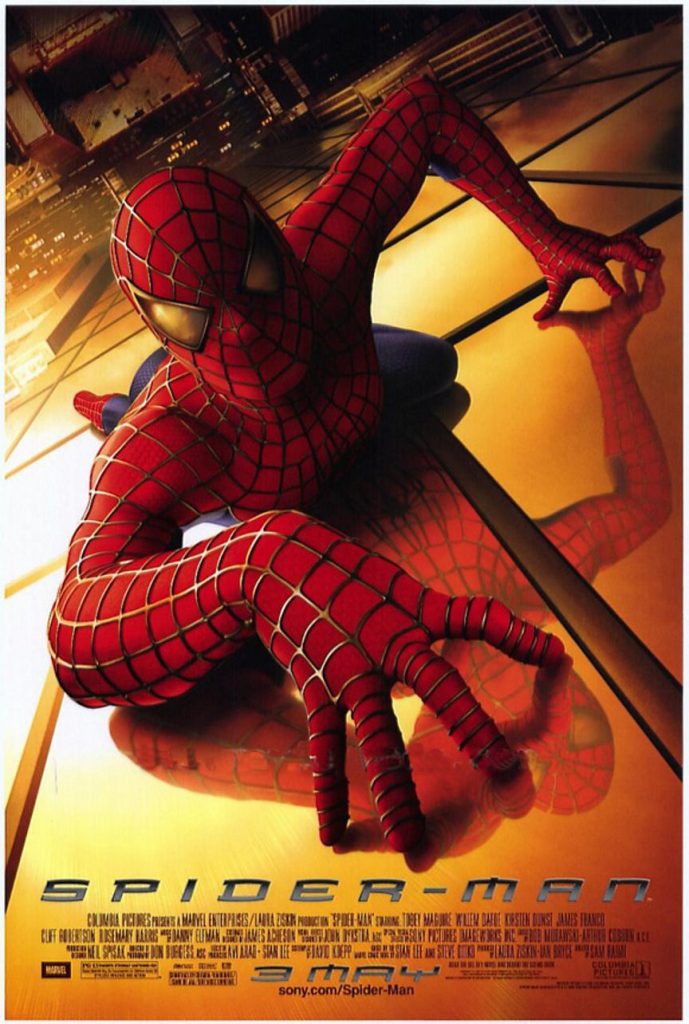
By the second decade of the 21st Century, the Marvel Cinematic Universe movies, starting with Iron Man, set new box office records. The wide-ranging impact that comicbooks have had on popular culture this century is unprecedented and show no signs of decline as comicbook superheroes are featured on Netflix and other channels and services, such as the upcoming Disney+.
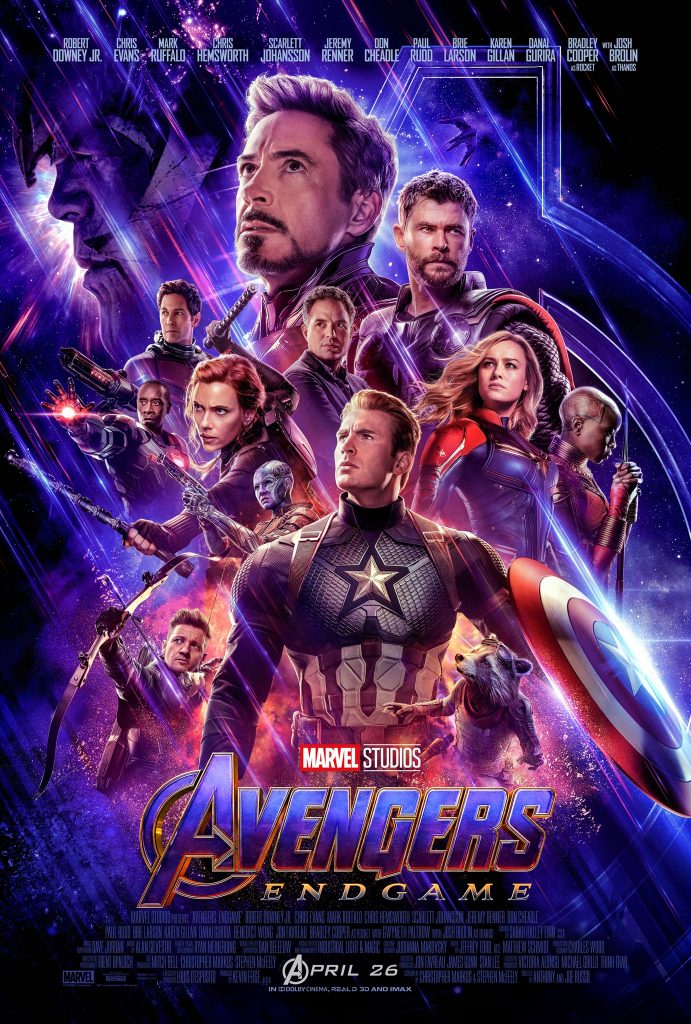
But there is a downside to all this success. With so many characters created for the comics now accessible through movies, television and even computer games, comicbook sales have taken a sharp decline over the past decades. At the same time, stories, characters and subjects depicted in comics these days could not be more diverse. Superheroes still dominate the market, but horror, mystery, romance, fantasy, science-fiction and more are available to readers of all ages in comicbook form today.
To celebrate National Comicbook Day, find a local comicbook retailer or your local bookstore and pick up a comicbook or two to read. Or even order one online and read it with a comics viewer. So much of what we know as popular culture today comes from this major source, the comicbook. This well of creativity will dry up unless we each make efforts to support the artists, writers and other creators who craft comicbooks for our entertainment. Celebrate today by going out and buying an issue.
And let’s not forget to honor the abiding wish of Stan the Man and spell it as one word, as together we celebrate this, the 85th year of the comicbook.



